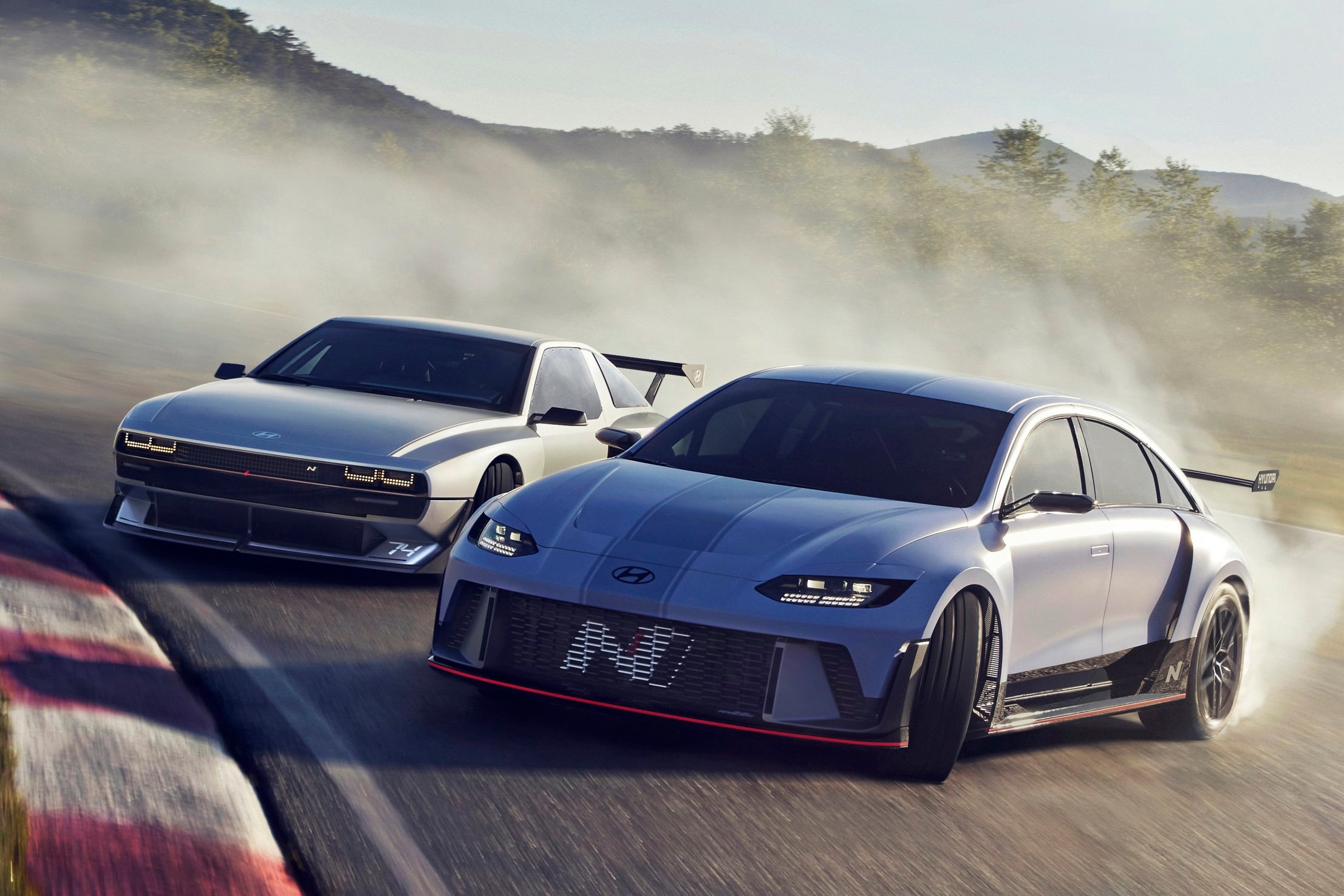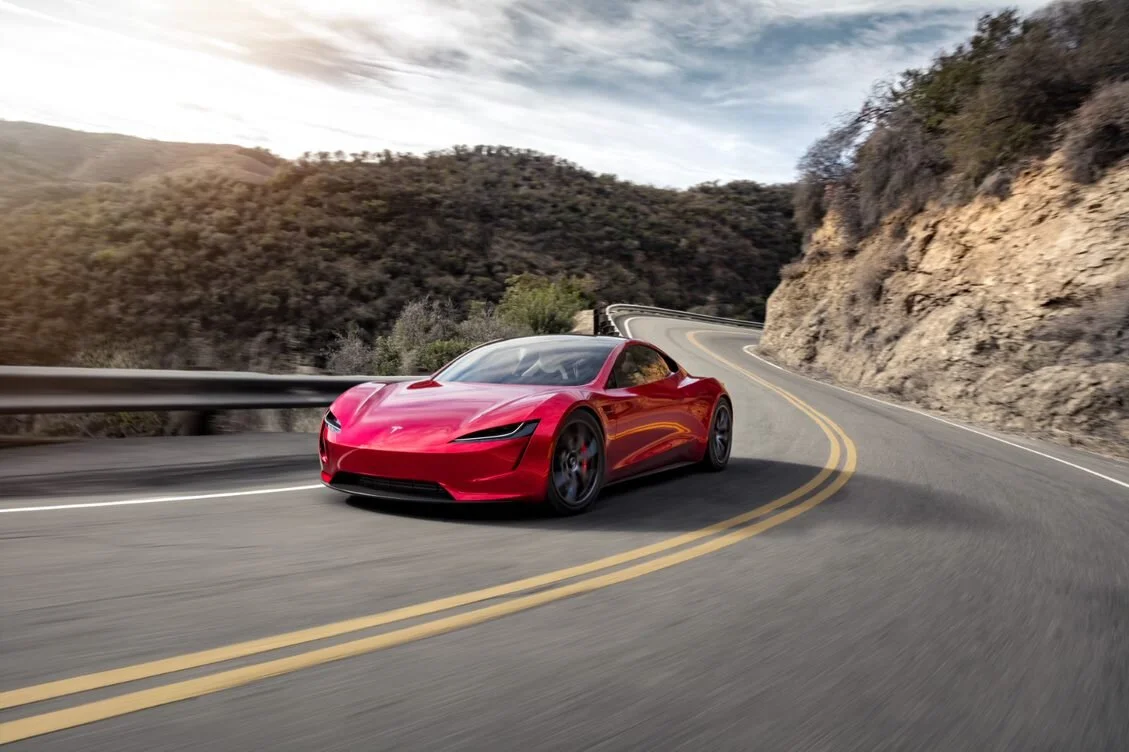EVs Will Save Street Performance
By Edward A. Sanchez — March 8, 2024
A few days ago, I wrote a post about my crystal ball predictions for the new Dodge Charger, in which I speculated that a 1,000 hp version would be coming in the not-too-distant future, in both hybrid and BEV versions. I have since come to find out that Mopar’s Direct Connection aftermarket channel has a HurriCrate Cat X version of the engine in the works that the company promises will deliver more than 1,000 hp. This is great for dedicated drag racers, and for those in states that don’t have (or don’t actively enforce) emissions regulations.
But for everyday fans of street-legal performance, the existence of the HurriCrate Cat X, as well as any other “off-highway use only” crate engines is effectively irrelevant. This is why I stand by my assertion that a hybridized version of the Hurricane is coming for “regular” consumers.
There are plenty of states where it’s legal (or at least “don’t ask, don’t tell”) to drive your new car straight off the dealer lot, down to the muffler shop, and remove the catalytic converter. But those states are becoming fewer and fewer by the day. There are currently 16 states that have either fully or partially adopted California’s stringent emissions laws. The Trump administration challenged CARB’s authority to superimpose its standards over federal requirements, but the Biden administration reinstated states’ right to adopt California emissions standards.
Nobody knows what the next 12 months will bring in the political realm. It’s entirely possible that this issue will come up again, and the next president could challenge CARB and the respective states’ authority once again. But looking beyond the next five years, it’s clear that the issue of environmental responsibility and stewardship is not going to go away. For street-legal, late-market cars, electrification in some form or another will be effectively mandatory for high performance cars.
This will also increasingly apply globally, where Europe and other markets are either mandating electrification, or strongly encouraging it, by way of CO2 targets. So if Stellantis, or any other company hopes to sell a performance model globally, it will need to be a hybrid or battery electric.
Many states have a 25- or 30-year rolling emissions exemption. Such a measure was proposed in California, and subsequently shot down, keeping in place the static post-1976 requirement for smog testing, bringing the statutory requirement to vehicles nearly 50 years old. Some enthusiasts go to the trouble of swapping entire engines in and out of their cars when they’re due for a smog test to stay “legal.” While I admire their commitment, the majority of drivers don’t go to such extreme measures.
I don’t advocate speeding or irresponsible driver behavior in any way whatsoever. But let’s face it, the marketing of a vehicle’s performance has been part of automotive culture since day one, and will continue to be until the day where we’re all shuttled around in speed-controlled, anonymous, autonomous pods. As an enthusiast, I hope that day doesn’t come in my lifetime. So if electrification helps push that day out a few more years – or decades – I’m all for it.
(Image courtesy Hyundai)







